Table of Contents
The 7 Wonders of the World refers to remarkable human-made structures celebrated for their extraordinary architecture and historical significance. Originally, the Seven Wonders of the Ancient World included iconic landmarks like the Great Pyramid of Giza and the Hanging Gardens of Babylon. In modern times, the New 7 Wonders of the World were selected through a global poll organized by the New 7Wonders Foundation in 2007. This list highlights wonders such as the Great Wall of China, Petra in Jordan, and the Christ the Redeemer statue in Brazil. These wonders showcase human ingenuity and cultural heritage, representing diverse civilizations across the globe.
Seven Wonders of the World – Interesting Facts And Photos
The 7 Wonders of the World captivates imaginations with its awe-inspiring feats of architecture and engineering. Spanning ancient to modern times, these wonders represent humanity’s greatest achievements and cultural heritage. From the iconic Great Pyramid of Giza to the stunning Christ the Redeemer statue, each wonder has a unique story that reflects its era’s artistry and ambition.
This exploration delves into the fascinating facts and captivating photos of these extraordinary landmarks, shedding light on their historical significance, architectural marvels, and the enduring legacy they leave behind. Join us on a journey to discover the splendor and significance of the Seven Wonders of the World.
Petra, Jordan
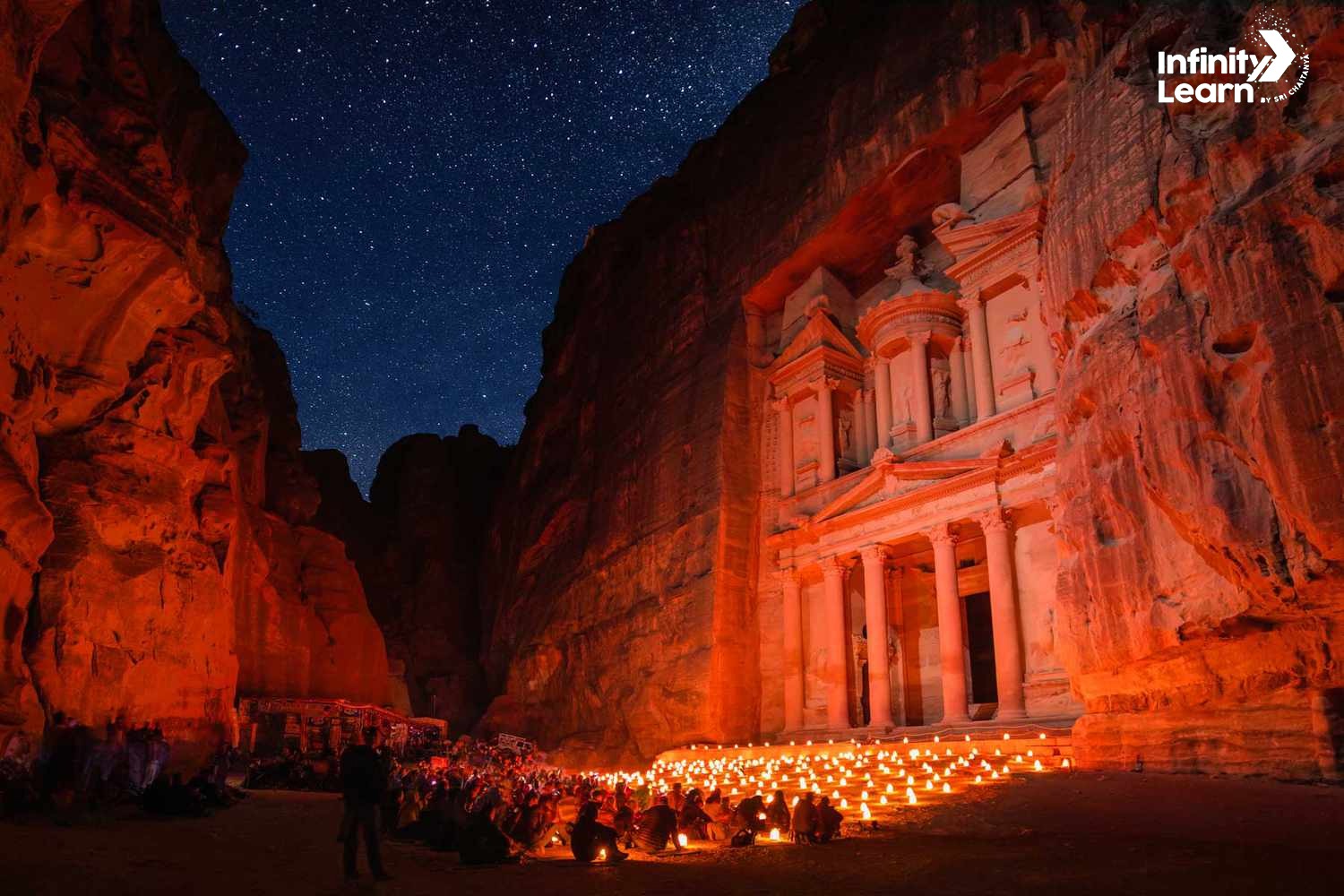
The stunning city of Petra, constructed by the Nabateans between the 4th century BC and the 2nd century AD, is a marvel of ancient architecture. Located along the ancient Silk Road and spice trade routes, Petra is renowned for its intricate facades carved directly into the canyons. These masterful carvings transform the city into a living masterpiece, especially under the sun’s light, showcasing its historical grandeur.
Chichén Itzá, Mexico

This city, constructed by the Maya-Toltec civilization from the 5th to the 13th century, remains one of the prominent ancient Mayan cities. Flourishing until around 1200 AD, it features the Temple of Kukulkán, renowned for its 365 steps symbolizing the days of the year. This architectural marvel also showcases the Maya’s advanced knowledge in astronomy and science.
Christ the Redeemer, Brazil
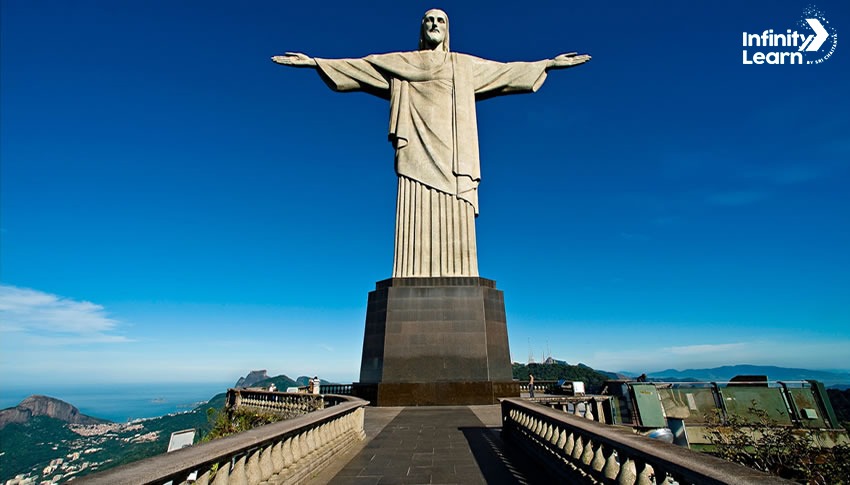
The iconic statue of Christ the Redeemer is Rio de Janeiro’s most renowned landmark. Erected between 1926 and 1931, it stands 125 feet tall and is considered the largest Art Deco sculpture globally. Perched atop a 710-meter mountain, it offers breathtaking views of Rio but is also susceptible to adverse weather conditions.
Taj Mahal, India
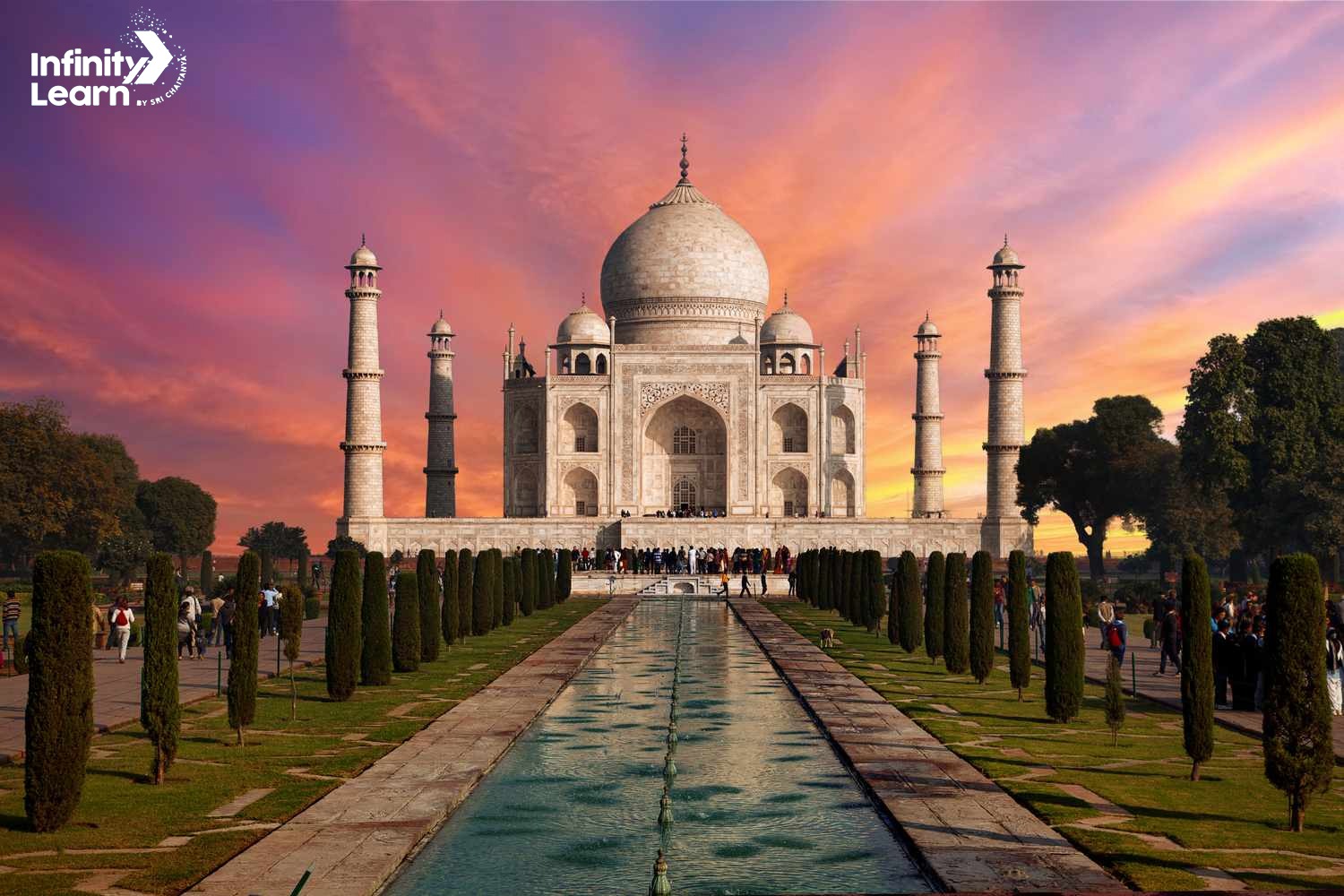
The Taj Mahal, one of India’s most renowned landmarks, is celebrated as one of the Seven New Wonders of the World. This exquisite example of Mughal architecture took nearly 16 years and the labor of 20,000 workers to complete. Today, efforts are focused on preserving the monument, primarily constructed of white marble, from the effects of pollution.
Roman Colosseum (Italy)
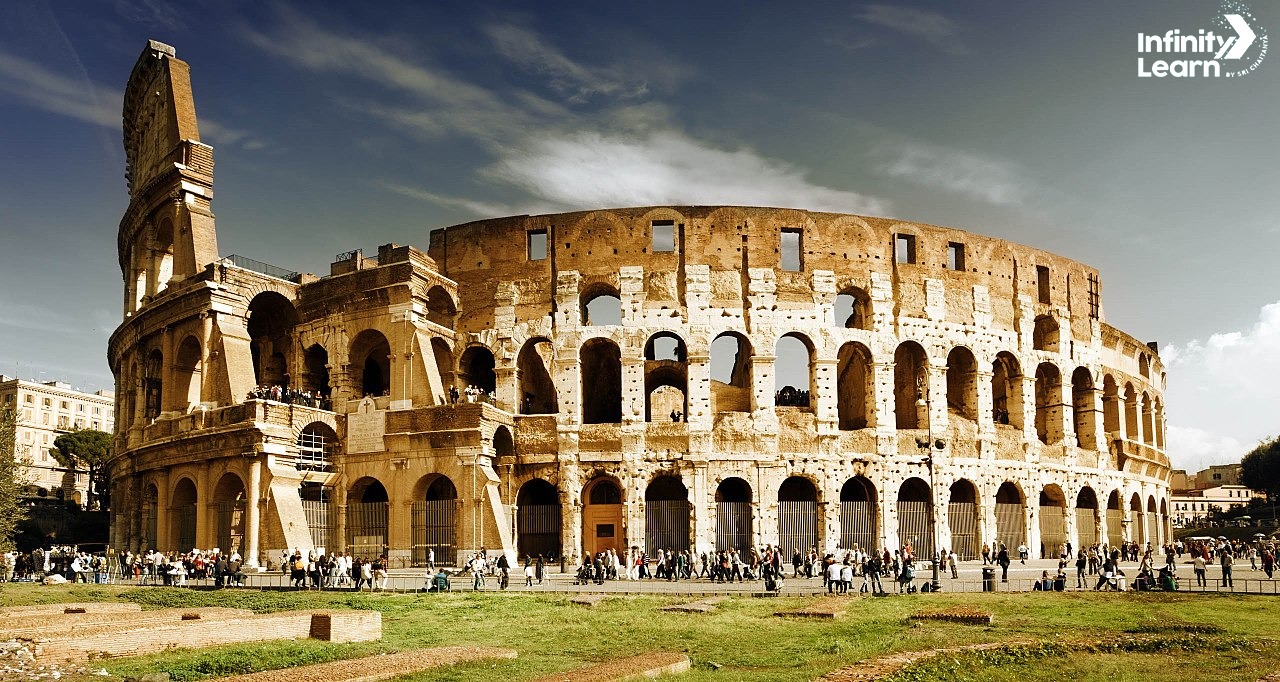
This iconic masterpiece, commissioned and constructed during the early Roman Empire, is an amphitheater renowned for hosting gladiator games and public executions. Although a third of the structure remains intact, much of it has been damaged by earthquakes. Ongoing restoration efforts have been underway for years to preserve this historic site.
Great Wall of China, China
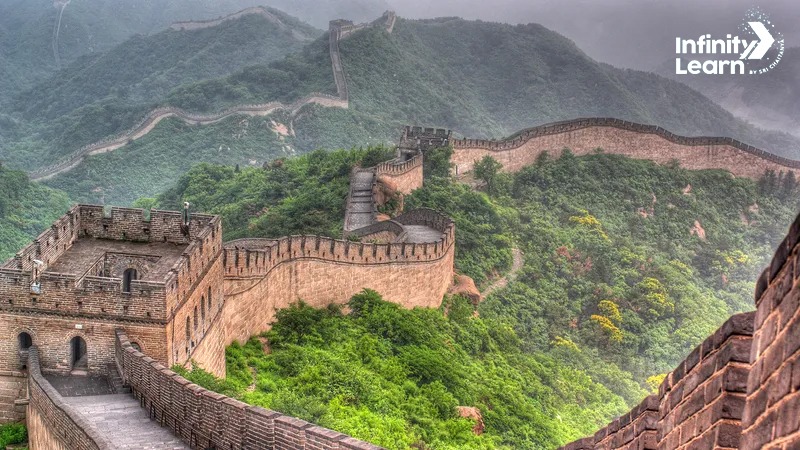
The Great Wall of China is a top destination for travelers and one of the most photographed landmarks globally. Constructed between 220 BC and 1644 AD, it stretches approximately 20,000 km across rugged mountain terrain. This monumental structure offers a breathtaking view and stands as a testament to ancient engineering process.
Machu Picchu, Peru
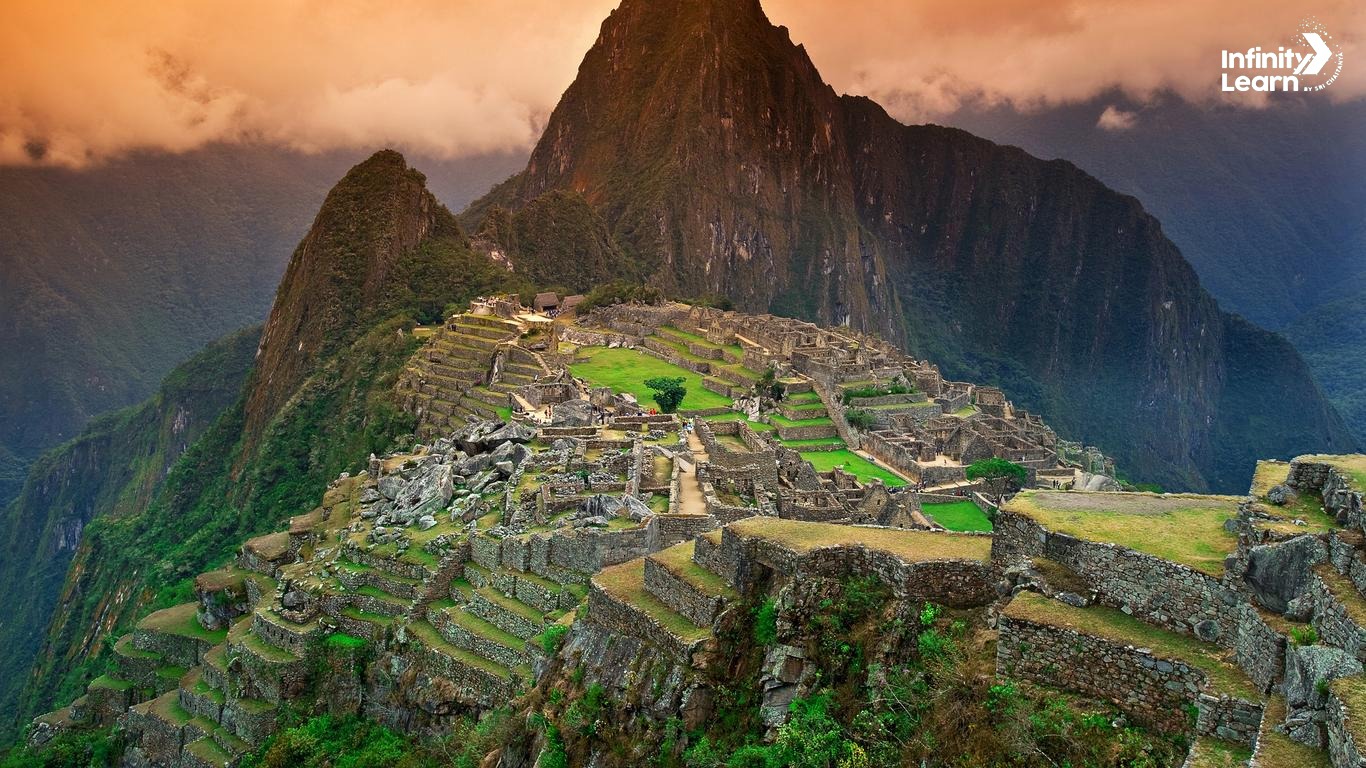
In the 1960s, Machu Picchu was a major attraction on the hippie trail. This fascinating site, constructed by the Incas, is nestled in the Andes Mountains of Peru and remains one of the most popular tourist destinations globally. Prior to the COVID-19 pandemic, it experienced the adverse effects of overtourism. Once a bustling settlement, Machu Picchu was eventually abandoned for reasons that remain unclear.









